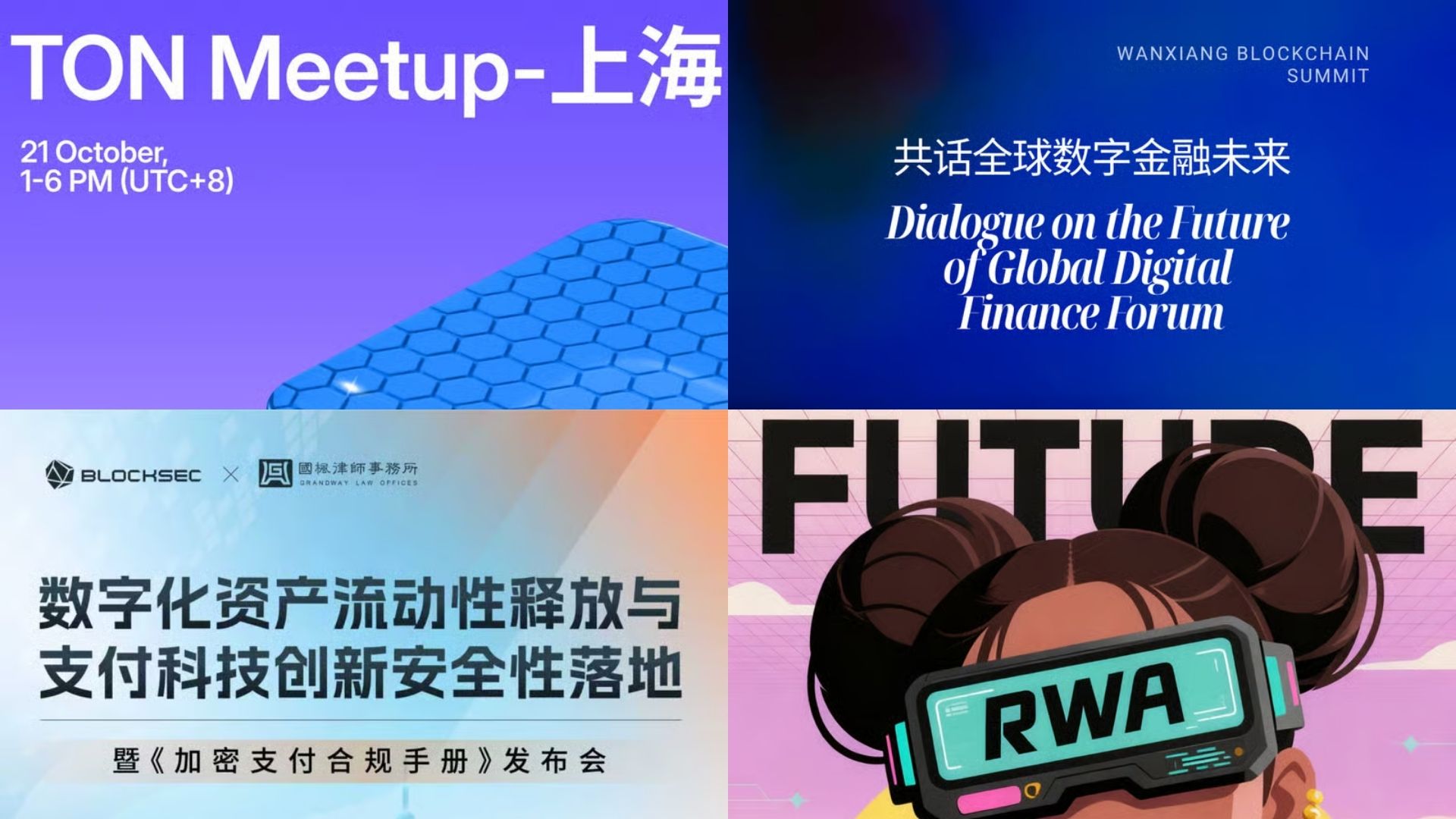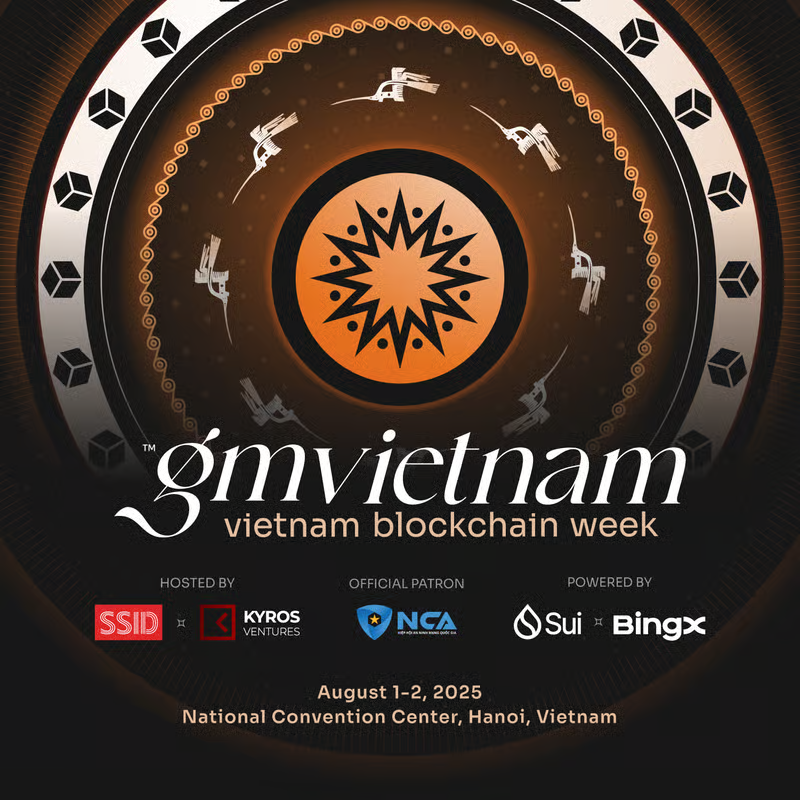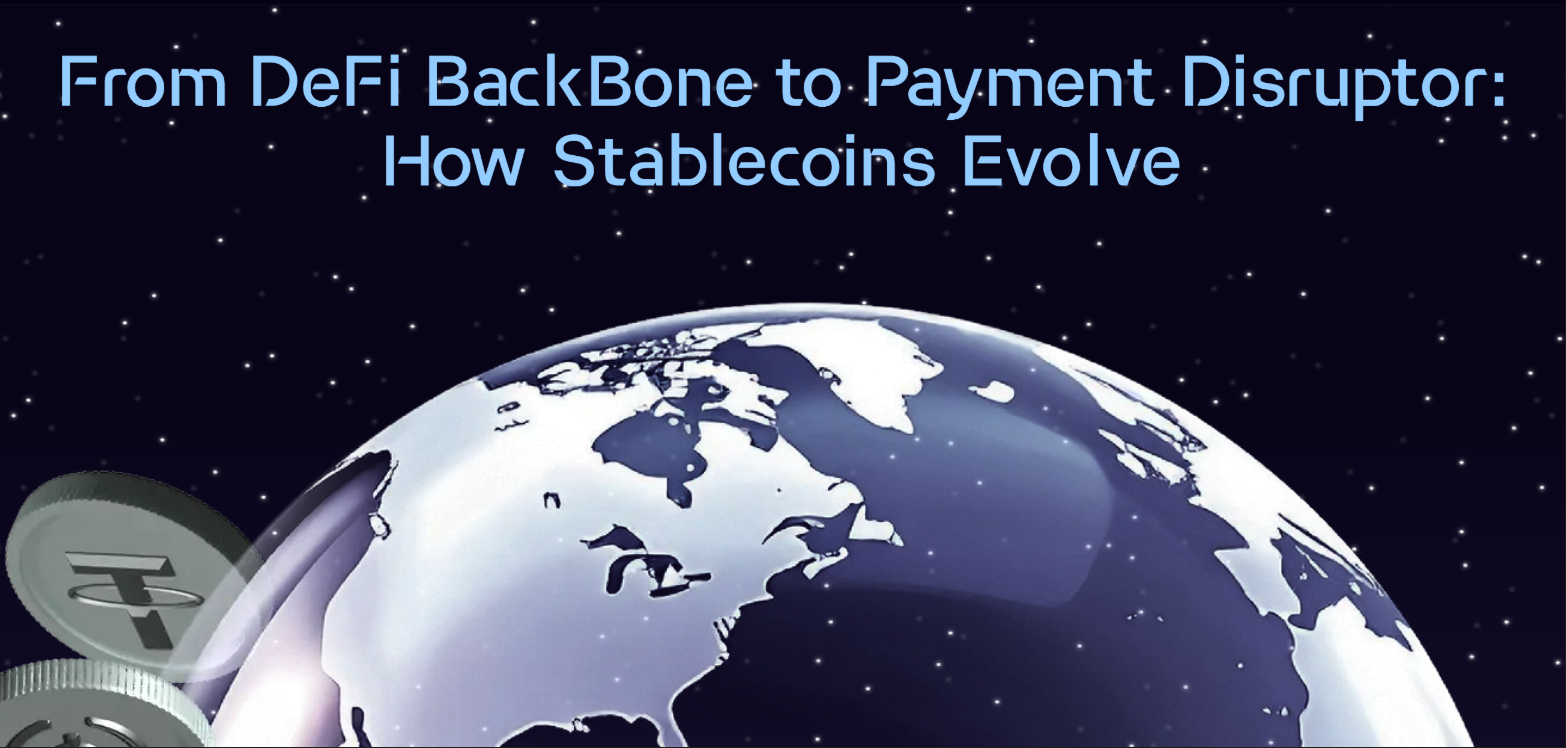


On August 18, TechFlame hosted a Twitter Space with the theme “AI + Blockchain, Reshaping the Creator Economy.” Many guests from the media, project parties, and trading communities, including Dalin, Zizhong, Eric (capital E), the head of strategy, and Mr. Andrew of Fableration, conducted in-depth discussions on industry trends, community strength, creator opportunities, application scenarios, and implementation challenges
.Early exploration phase: Potential and bubble coexist Guests generally agreed that the integration of AI and
blockchain is still in its early stages, but there are some interesting directions.
Obayashi pointed out that although “AI-assisted DeFi protocols” have been tried in the financial sector, such as using AI algorithms to optimize trading strategies and risk management, the whole thing is still limited to small-scale pilots.
He also mentioned that the immutability of blockchain complements AI's need for trusted data, providing room for imagination in scenarios such as decentralized computing power markets and data sharing platforms.
Eric added, “Any market can be described as a bubble — the internet and real estate have experienced it. But it is this bubble that nurtures long-term value.” He mentioned that AI strategy generators, which are currently popular in the Web3 community, can help users who can't write code to quickly generate trading strategies. Although not yet popular
Community Drivers: From Consumers to Collaborators
The community is considered to be the most central driving force in the AI+ blockchain narrative
.Andrew (Fableration) explains the relationship between foam and community in a vivid analogy: “If you drink Babyccino, it's all foam; but a large cup of latte may only have a thin layer of foam on it, and that's the real content.” He believes that the community can turn fans from simple consumers to collaborators. “Just like Book.io and Mirror.xyz, the community not only determines whether content can be viewed,
but also directly affects the survival of creators.” Based on actual cases, Zizhong points out that many projects will establish high-frequency interactive AI communities in Discord to guide users from Twitter's public domain traffic to private domain accumulation through AI algorithms. He emphasized, “The community is an integral part of any Web3 product.”
Obayashi is also very appreciative of the power of the community: “The community is the main group that gives value to these works of art, and even the creators, because whether something has value depends on whether the community approves it or not.”
Creator opportunities: AI makes “superindividuals” possible. At the creator level, discussions focused on efficiency tools and changes in revenue models
.
Zizhong said bluntly that with the popularity of big models such as GPT-5, AI can quickly generate tweets or research content, making “authenticity and personalization” the key to differentiated competition for creators.
Eric emphasized that the true value of AI lies in on-chain profit sharing and automated copyright management. Through smart contracts, revenue can be distributed to creators in proportion and transparently, avoiding the problem of “traffic grabbing” in traditional platforms.
Starting from actual trading, the head of strategy shared that the team is already using AI to write quantitative strategies (such as Martin's strategy and perpetual contract opening strategy): “What used to require a team of 10 people to complete can now be done by one person plus AI.”
Application case: Agent and generative creation
At the application level, the guests presented a number of cutting-edge cases: Professor Andrew explained that the team is exploring content-evaluation agents to help readers determine the quality of articles and IP cross-media extensions (such as turning novels into short stories)
video or music). He sees this as a core value point in the future creator economy.
Eric shared a more lifestyle example: “In the past, it was almost impossible to make a movie or animation; but now with AI tools, even those who aren't film and television professionals can be inspired and even compete on the same stage.”
Implementation
challenges: User experience and copyright protection User experience and compliance issues are currently the biggest barriers to implementation
.Teacher Andrew pointed out that the user experience must be simplified in the same way that the iPhone changed the phone, “so that 99% of ordinary people don't feel connected, not just 1% of coin holders.”
On the copyright level, he mentioned that Meta lost a lawsuit for stealing writers' work training models. Fableration's approach is to explore the balance between compliance and commercialization by submitting a portion of the project's profits to the community's vote to support copyright protection funds for the creator community
Conclusion Through the guests sharing real cases and practices,
this space presented the opportunities and challenges of combining AI and blockchain in the creator economy. From the community to computing power, from on-chain copyright protection to quantitative strategy generation, the industry has given early answers. It is foreseeable that as technology iterates and user experience improves, AI+ blockchain will gradually move from “concept” to “reality” and become an important driving force
for the next generation of the Internet economy.TechFlame will continue to focus on innovative applications of AI+ Web3 and bring more first-line conversations and in-depth reports.




